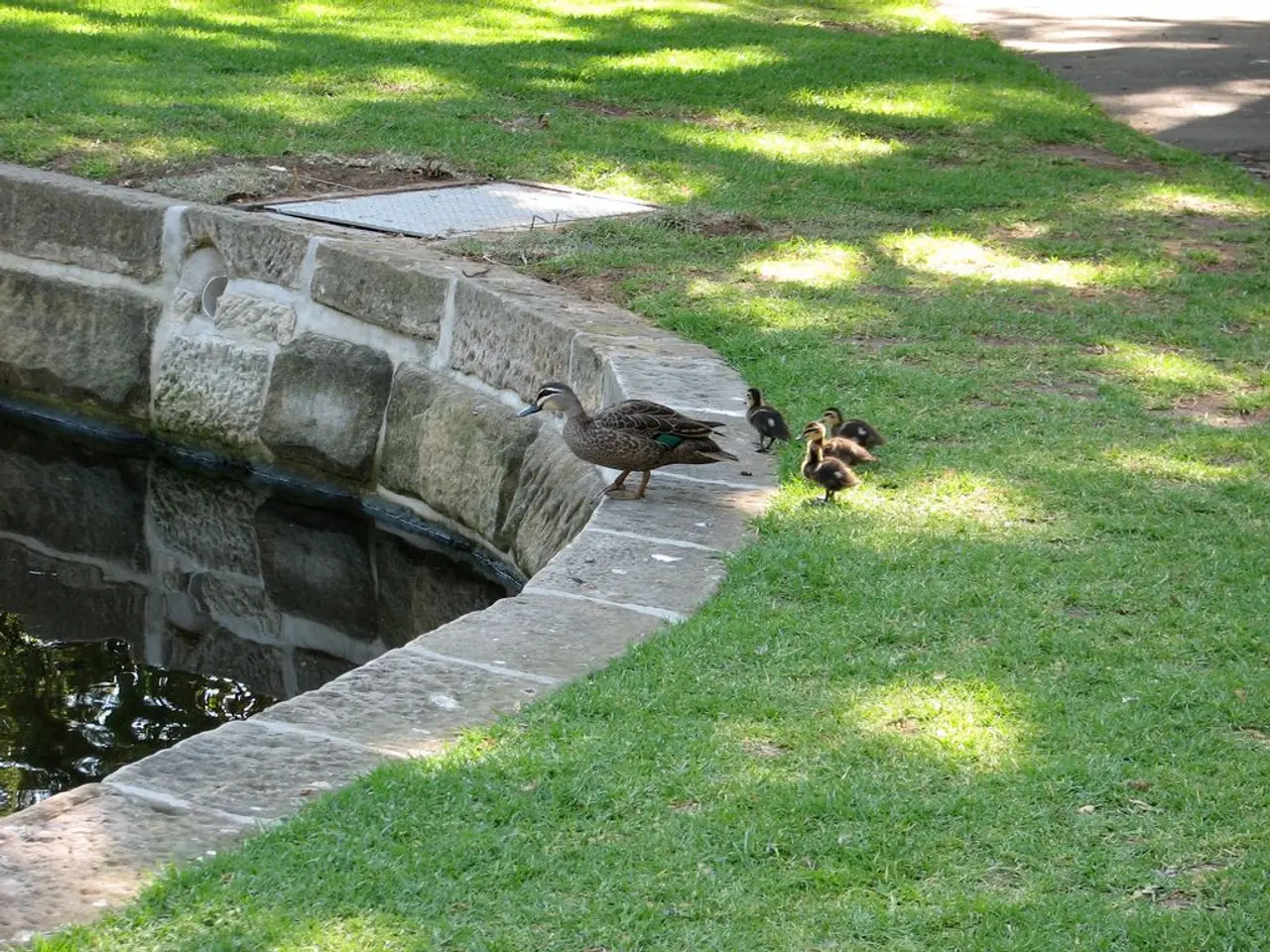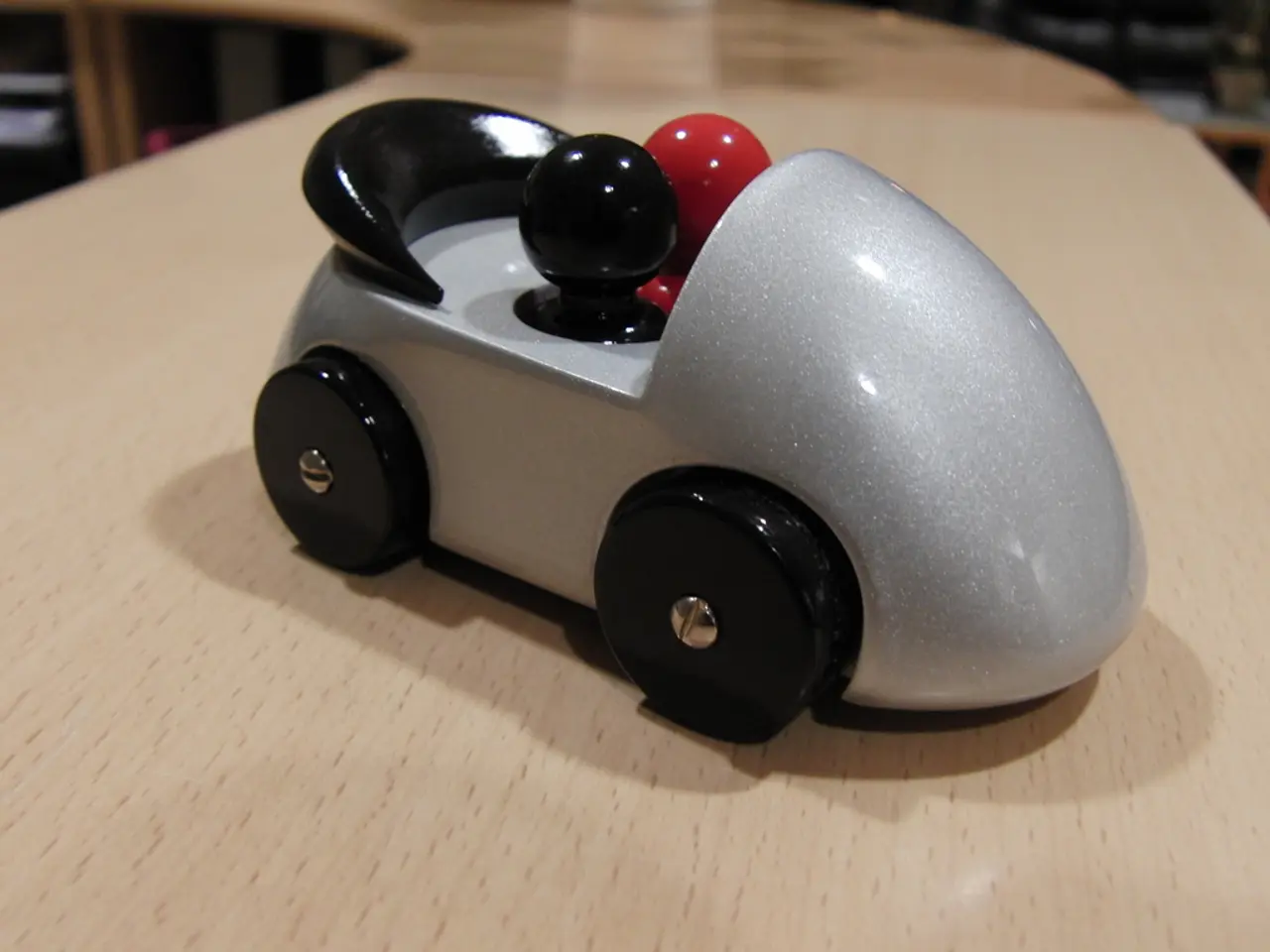Relocating Chickens to Outdoor Spaces & Picking the Ideal Coop Setup
Backyard chicken keeping is becoming increasingly popular, and with this rise in interest comes the need for a suitable chicken coop. To ensure a healthy, safe, and comfortable environment for your flock, several key factors must be considered.
### Size of the Coop
Experts recommend providing 2 to 4 square feet of coop space per standard-size chicken, allowing enough room for roosting and movement. A coop measuring 4 ft x 8 ft (32 sq ft) is ideal for approximately 8-10 chickens, with roost bars planned to give 10-12 inches per bird. Additionally, at least one nesting box per 3-4 hens should be provided, offering private, comfortable places for them to lay eggs.
### Climate Considerations
Proper ventilation is crucial to maintain airflow and prevent heat buildup or moisture retention. Coops designed to be raised off the ground help protect against dampness and promote air circulation, particularly in wet or humid environments. Insulation and weatherproofing, such as shingled roofs and extended eaves, are valuable in areas with harsh weather conditions, protecting chickens from cold, rain, or wind.
### Predator Protection
Secure the coop with strong locks on doors and windows and ensure that all openings are covered with predator-proof wire mesh to prevent access by raccoons, foxes, or other common backyard predators. Raising the coop slightly above ground level helps prevent predators from burrowing under fences or coop walls. A covered run area attached to the coop gives additional safe outdoor space.
### Access and Maintenance
Look for a coop design with adequate doors for human access to collect eggs, feed chickens, and clean the coop easily. Features like removable nesting box lids or drooping panels can simplify egg collection and cleaning. Having multiple access points is practical for maintenance and emergencies.
### Additional Considerations
Ensure the coop has ample roosting bars for chickens to perch on at night, at least 10-12 inches per bird. Consider coop height and natural light (windows) to make the space pleasant and healthy. Materials should be durable and weather-resistant, with sturdy framing (e.g., 2x4 lumber) and weatherproof roofing often specified.
When deciding between purchasing a chicken coop or building one, both options have their advantages and drawbacks. DIY shed style chicken coops can be expensive to convert from a local hardware store, but they are suitable for extremely cold climates, providing insulation for the chickens. Purchasing a chicken coop can be more affordable but may not be as durable.
As your chickens grow, they will require larger containers for food and water. Chickens should be kept inside their coop for about 3 days before being allowed outside and moved to layer pellets when they are about 16 weeks old or start laying eggs. Cleaning out the coop is part of the process of moving chickens outside.
When it comes to purchasing a chicken coop, there are various options available, such as the Red Chicken Coop. However, DIY shed style chicken coops may not provide a secure area for chickens if predators are a concern. After about 7 weeks, it's appropriate to move chickens outside from their brooding box.
By carefully considering factors like flock size, local climate, predator risks, and required nesting/roosting spaces, you can select or build a chicken coop that ensures your backyard hens are safe, comfortable, and productive. Detailed plans and instructions are available for various coop styles, allowing you to tailor the coop to your specific needs and preferences.
A suitable chicken coop, designed considering factors such as climate and predator protection, should provide private, comfortable nesting boxes for each 3-4 hens, offer roosting bars with at least 10-12 inches per bird, and be raised slightly above ground level for added security. Additionally, protective measures, such as strong locks, wire mesh, and an insulated, weatherproof design, will help ensure a safe and healthy living environment for your backyard pets.




